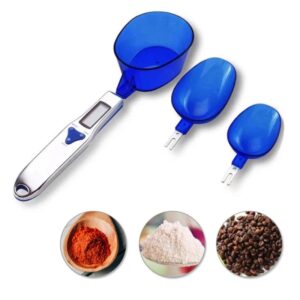Through August 16, 2024, FDA identified 13 cases worldwide, including 7 in the United States, of hyperthermia associated with scopolamine patches from the FDA Adverse Event Reporting System (FAERS) database, biomedical literature, manufacturer-submitted data, or external regulatory body. Among the 10 cases that provided information on body temperature, 3 reported maximum body temperatures of 105°F or higher; the remaining 7 had maximum body temperatures of 99 to 100.4°F (n=2) or 100.5 to 104.9°F (n=5). Among the 8 cases reporting the time interval between scopolamine patch application and the onset of hyperthermia, all occurred 72 hours or less after the most recent application; notably, 7 of these cases occurred after initial application of the patch to the patient’s body, and 1 occurred 18 months after treatment initiation. One case described applying multiple scopolamine patches simultaneously, and another described applying a scopolamine patch that had been cut.
Of the 13 cases, 8 involved children 17 years or younger, 4 involved adults 60 years and older, and the remaining patient was a young adult. Among the 13 cases, most (n=12) had a serious outcome, with 6 cases resulting in hospitalization (n=4) or death (n=2). The deaths occurred in 1 child and 1 older adult patient; both cases had other risk factors that may have contributed to the development of hyperthermia, such as receiving a concomitant medication with anticholinergic activity or exposure to an external heat source. The reported reasons for using the scopolamine patch were to manage drooling/secretions (n=6) or motion sickness/nausea (n=4); the remaining 3 cases did not report a reason for use. The majority of cases (n=10) described at least 1 other anticholinergic symptom in addition to hyperthermia, such as mydriasis (pupil dilation), hallucinations, confusion, disorientation, or urinary retention.






